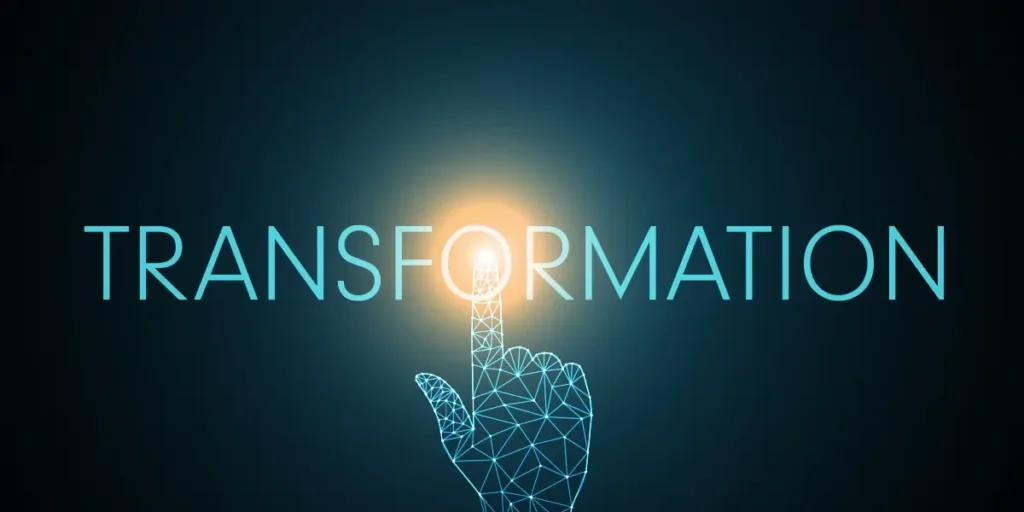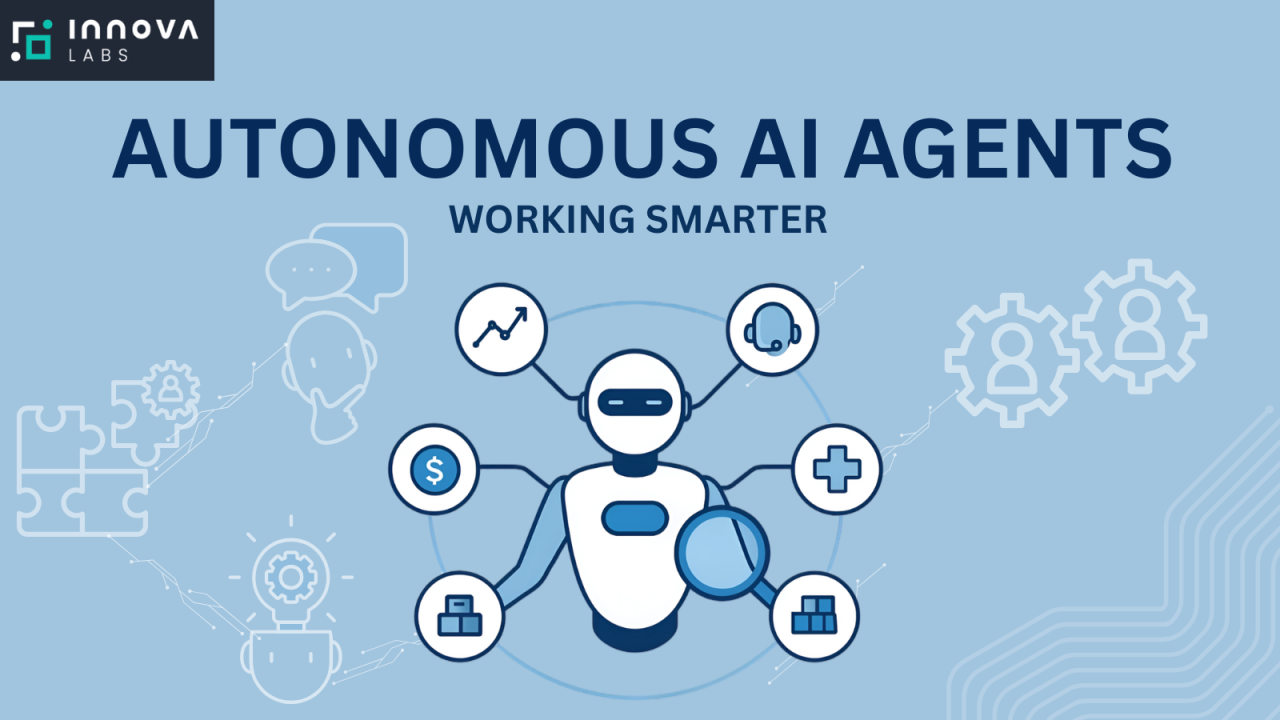Google’s new AI hub in India — what it is, why it matters, and what comes next
Google’s recent announcement that it will build a large-scale Artificial Intelligence hub in India is the kind of tectonic move that changes the map for an entire tech ecosystem. The company has committed roughly $15 billion over the next five years to create its first AI-focused hub in India — a project that bundles hyperscale compute, data-center capacity, connectivity and renewable energy into a single campus in Visakhapatnam (Vizag), Andhra Pradesh. blog.google+1
Below I break down what Google’s hub will actually include, why Visakhapatnam was chosen, the economic and technological opportunities for India, the potential risks and trade-offs, and what to watch for as the project moves from announcement to construction and operation.
What Google is building (the headline facts)
On the essentials: Google’s public statements and government announcements make clear that this is not a single building or a small office expansion. It’s a multipronged investment that includes:
-
A large AI and data-center campus with gigawatt-scale compute (hyperscale power capacity to run TPU/GPU clusters and other accelerator farms). blog.google
-
Significant on-site renewable energy investments and grid upgrades to power that compute sustainably. Press Information Bureau
-
New fiber and connectivity infrastructure, including plans to bolster subsea cable landing and regional networking capacity to tie India into global clouds. blog.google
-
Partnerships with local industry and infrastructure players for land, power and logistics — publicly identified partners include major Indian conglomerates involved in port, power and land development. Adani
The company frames this as its largest-ever India investment to date and its first dedicated AI hub in the country — a strategic step as hyperscalers move compute closer to fast-growing markets and datasets. blog.google
Why Visakhapatnam (Vizag)?
There are several reasons Visakhapatnam emerged as the site:
-
Coastal connectivity and subsea cable access. Visakhapatnam is a major east-coast port city with direct maritime links — an advantage for landing subsea cables and for global network connectivity.
-
Space for hyperscale campuses. Hyperscale data centers need contiguous land parcels and room for future expansion; Andhra Pradesh has been actively courting large IT and data-center projects and identifying land for such uses.
-
Power availability and renewable potential. The project’s emphasis on gigawatt-scale compute makes proximity to robust grid capacity and renewable energy options (wind, solar) a priority. The state and central government have indicated support for grid upgrades and renewable supply. Press Information Bureau
-
Local political backing and incentives. State-level leadership has aggressively pitched Visakhapatnam as a next-generation digital city, smoothing approvals and offering incentives to land major projects.
All of these factors together make Vizag a practical choice for a large campus that needs power, land, and global connectivity.
What the hub could enable — practical benefits
This project is more than symbolic: it will alter both the supply of advanced computing in India and the ecosystem around it.
-
Local high-performance compute: For Indian startups, universities and enterprises, local access to hyperscale AI compute reduces latency, cost and legal complexities tied to cross-border data flows. That can accelerate model training, inference for latency-sensitive apps, and the roll-out of AI services. blog.google
-
Google product improvements and localization: With compute and R&D capacity in India, Google can better optimize models and products for local languages, administrative data sets, and national use cases — things like regional language models, agricultural forecasting, healthcare analytics and government services. blog.google
-
A startup and talent multiplier: Large cloud and compute projects ripple through a local economy: system integration firms, hardware vendors, energy and construction companies, and service providers benefit. The announcement has already sparked discussion of thousands of construction and ongoing tech jobs. The Indian Express
-
Improved digital resilience and sovereignty: Having major cloud, AI and storage infrastructure physically in India gives enterprises and public services more options for data residency and continuity planning.
Economic impact (jobs, investment and spin-offs)
Google and regional authorities have framed the investment as transformative for Andhra Pradesh’s economy. Local press and government estimates foresee tens of thousands of direct and indirect jobs across construction, operations, clean energy, logistics and the broader tech supply chain — though the exact scale will depend on phasing, local hiring policies and how many contractors and suppliers are sourced domestically. The Indian Express+1
Beyond immediate jobs, the hub could act as a magnet for AI R&D centers, startups, and global firms looking for a regional presence — effectively creating an AI cluster over the next 5–10 years. That clustering effect is how major tech hubs scale: one large anchor investor lowers friction for others to follow.
Partnerships and the local industrial footprint
Big infrastructure projects almost never happen alone. Reports tied to the announcement indicate partnerships with Indian conglomerates (for land and development) and local utilities. For example, Adani-related entities and other regional infrastructure players have been named in early press and government material as partners to build campus and connectivity components. These local partners are central to bringing land, port services, power and large project management expertise to the table. Adani
Environmental and energy considerations
A project of this scale raises important sustainability questions:
-
Power draw: Gigawatt-scale compute requires very large power supply commitments. Google has pledged significant renewable energy procurement and grid investment, but integrating that demand with local grids requires careful planning to avoid displacing local communities or industrial power needs. Press Information Bureau
-
Water and cooling: Hyperscale data centers also use water for cooling in many designs. Coastal locations help with some cooling strategies, but water usage and coastal ecosystem impacts will be a regulatory and community issue to watch.
-
Biodiversity and coastal risk: Building large campuses on or near coastlines requires environmental impact assessments — especially related to coastal erosion, habitats and disaster resilience (cyclones, sea-level events).
Google’s public materials emphasize renewable energy and “sustainable” design; independent scrutiny and local monitoring will determine how those commitments translate at scale. blog.google
Regulatory, privacy and strategic implications
There are several non-technical shifts that follow from having major AI infrastructure on Indian soil:
-
Data residency and compliance: Indian regulators have been actively discussing data governance regimes. Local hyperscale infrastructure makes it easier for Indian customers to meet residency or localization requirements, but it also concentrates data in a few private hands — policymakers and civil society will need to keep governance levers in play.
-
National security and geopolitics: As hyperscalers expand compute footprints globally, governments balance the economic benefits with national security concerns (who controls encryption keys, continuity of service, cross-border access). Expect continued dialogue between the Centre, state governments, and the company on governance terms.
-
Competition and market structure: Local cloud and AI compute supply could reshape vendor dynamics: domestic cloud providers, regional hyperscalers and global players will jockey for market share. That could be good for customers (more capacity, better pricing) but also risks market consolidation in hardware and services.
Risks, open questions and what to watch
A large announcement is the start of a long process. Here are the key risks and unknowns to track:
-
Timeline and phasing. Google’s investment is planned over multiple years. Timelines for land acquisition, environmental clearances, and grid upgrades will determine when volumes of compute appear. blog.google
-
Local supply chain participation. How many of the construction contracts, component supply and operations are sourced locally will shape the economic dividend to the region. Adani
-
Grid and renewable delivery. Commitment to “large-scale renewable energy” is promising, but procurement, transmission and storage solutions must be available when demand ramps. Press Information Bureau
-
Community and environmental costs. Land use, coastal impacts and water usage can provoke legal and social pushback without careful planning and meaningful community engagement.
-
Workforce readiness. Building an AI and data-center ecosystem needs not just jobs but trained people. State and private education investments in cloud, AI and power engineering will be crucial to realize the promised hiring benefits.
Why this matters beyond Andhra Pradesh
For India as a whole, the hub signals three broader trends:
-
Hyperscalers are treating India as a strategic AI market. Beyond users and app demand, Google is betting India needs local compute capacity to scale advanced AI applications — a bellwether for other cloud and hardware investments.
-
A new chapter for AI localization. Local compute and connectivity reduce barriers to building large multilingual models and India-specific AI products (regional languages, government integrations, enterprise tools). blog.google
-
A playbook for public-private scale projects. The project’s success or failure will be a case study about how national and state governments can (or cannot) collaborate with hyperscalers on energy, coastal infrastructure, and talent development.
Practical takeaways for stakeholders
-
Startups & enterprise IT leaders: Watch for new cloud region and accelerator capacity announcements — pricing, available TPU/GPU types, and latency improvements will matter for product roadmaps.
-
Policymakers & regulators: Use this moment to update energy planning, land-use rules, water management frameworks and data governance to maximize public benefit.
-
Local governments & educators: Scale vocational programs in data-center operations, cloud engineering, power systems and AI R&D to capture long-term employment benefits.
-
Civil society & environmental groups: Push for transparent environmental assessments, community benefit agreements and public reporting on renewable procurement and grid impacts.
The bottom line
Google’s AI hub in Visakhapatnam is ambitious: it marries hyperscale compute, renewables, subsea connectivity and industrial partnerships into a single bet on India’s future as an AI market and talent base. If Google follows through — building out the promised gigawatt-scale compute, securing renewables and engaging local stakeholders — the hub could accelerate India’s AI ecosystem, generate jobs, and anchor long-term R&D capabilities inside the country. But translating an announcement into equitable, sustainable results will require persistent public oversight, smart regulatory work and deliberate investments in local skills and supply chains. blog.google+1
Sources & further reading (selected): Google’s official announcement and blog post about the AI hub; the Government of India (PIB) press release on the project; Reuters coverage of the announcement; local reporting on partnerships and jobs; and corporate press materials from local infrastructure partners. The Indian Express+3blog.google+3Press Information Bureau+3
For quick updates, follow our whatsapp –https://whatsapp.com/channel/0029VbAabEC11ulGy0ZwRi3j
https://bitsofall.com/google-ai-ships-a-model-context-protocol-mcp/
AI Companions: The Rise of Digital Friends in a Hyperconnected World
Efficient Optical Computing: The Future of High-Speed, Low-Power Processing







